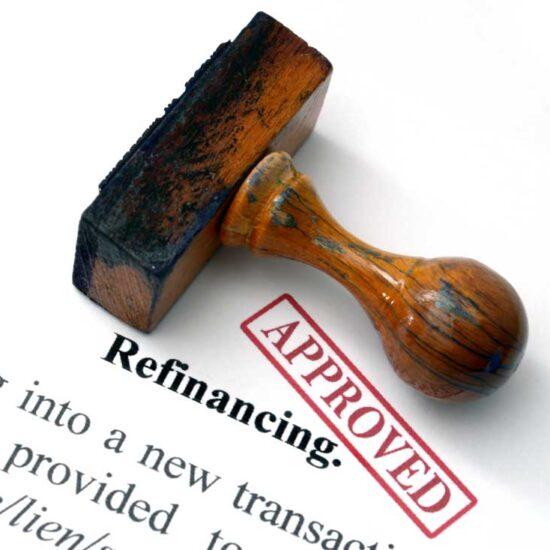
By Louisa Sanghera, Director, Zippy Financial
Australian homeowners are loading up their offset accounts in record amounts, so much so that the average household is now almost four years ahead on their mortgage repayments.
Do you have an offset account (or several) attached to your mortgage?
They have become quite popular in recent years, especially since the RBA’s cash rate hit record low levels which impacted the amount of interest that can be earned on savings accounts.
How much have offset balances increased?
Research from the Australian Prudential Regulation Authority (APRA) provided to The Australian shows the average balance sitting in offset accounts is nearly $100,000 – up almost $20,000 since the pandemic started in March 2020.
In total, $222 billion was in offset accounts across the country as of September 2021 – that is up almost $50 billion from $174 billion in March 2020. In the September 2021 quarter alone, offset account balances increased by 10%!
All of this has helped contribute to mortgage holders, on average, 45 months ahead on their repayments – this is up from 32 months prior to the pandemic.
In terms of the various ways Australians have gotten ahead, 57% of prepayments came from offset accounts, 40% via available redraw balances, and 3% through other excess repayments.
What is an offset account?
An offset account is a regular transaction account that is linked to your home loan. The advantage is that you only pay interest on the difference between the money in the account and the mortgage.
Some banks also allow you to have 10 offset accounts attached to your mortgages with cards linked to them that you can use for everyday spending.
How does it work?
Say you owe $350,000 on your mortgage and have $50,000 in a savings account. If you move that $50,000 into a full offset account, you will only pay interest on $300,000 (which is the loan value minus the amount in your offset account).
The offset account can then continue to be used for all your daily needs, like receiving your salary or withdrawing cash.
Why would you consider an offset account over a savings account?
With the RBA’s cash rate as low levels, the interest you will receive on the balance in your bank’s savings account will also be at low levels.
For example, say savings account with aa 1% interest rate and a mortgage with a 2.2% interest rate. By allocating money into your full offset account, you would save more money on interest than you would earn in your savings account.
Additionally, interest on your savings account is subject to tax, whereas the interest-saving on your mortgage is not.
Is an offset account for you?
There are additional factors you will want to consider, such as account keeping fees and the minimum amount needed in the account to make it useful.
And obviously, savings accounts and offset accounts are not the only two places you can put your money. Depending on your risk appetite there are also other options you could consider that might yield a higher return.
Everyone’s situation is different, but if you think an offset account might be for you, get in touch and we can help you explore your options.
Phone: 1300 855 022
Email: clientservices@zippyfinancial.com.au







